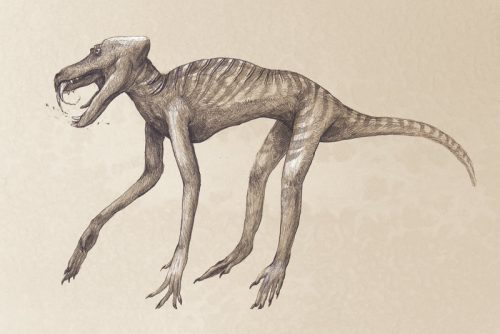I thought all librarians were perfect saints, champions of goodness and openness, and then I read that the New York Public Library had banned Goodnight Moon for decades, because of the fact that an influential librarian, Anne Carroll Moore, didn’t like it. She apparently thought children’s books ought to have a “once upon a time” feel to them, and she was the Authority in charge of deciding what children should like.
Anne Carroll Moore was not a fan of Margaret Wise Brown’s work. Brown, with her Bank Street training, was “looking at the mind of a child, operating at the level that a child understands,” says Bird. “She was trying to get down on their level, whereas Anne Carroll Moore placed herself above the children’s level, handing what she viewed as the best of the best down to them.”
Yet Goodnight Moon is a book I read repeatedly to my kids, to the point where we wore it out and had to buy multiple copies. Just this week, I saw my granddaughter carry a copy to my wife and demand that she read it. She’s 15 months old. I can’t even imagine why a librarian would block stocking such a sweet, innocent story. Moore was apparently progressive in other ways, but I just don’t get it.
Then I read this little aside about Margaret Wise Brown.
So no one was pressuring the NYPL to stock the book, least of all Brown, who died in 1952. (Recovering from surgery for an ovarian cyst in a hospital in France, she playfully kicked her leg up, cancan-style, to show a nurse how well she was feeling; the action dislodged an embolism from a vein in her leg, which traveled to her brain, killing her nearly instantly.)
Huh. Should I go out of my way to tell my granddaughter that story? Should I wait until she’s old enough to no longer be quite so attached to Goodnight Moon before she learns about reality? Am I now policing the content she is allowed to see? I could probably turn her into a little Goth girl if I made it a point to tell her how the authors of all her favorite children’s books died.







